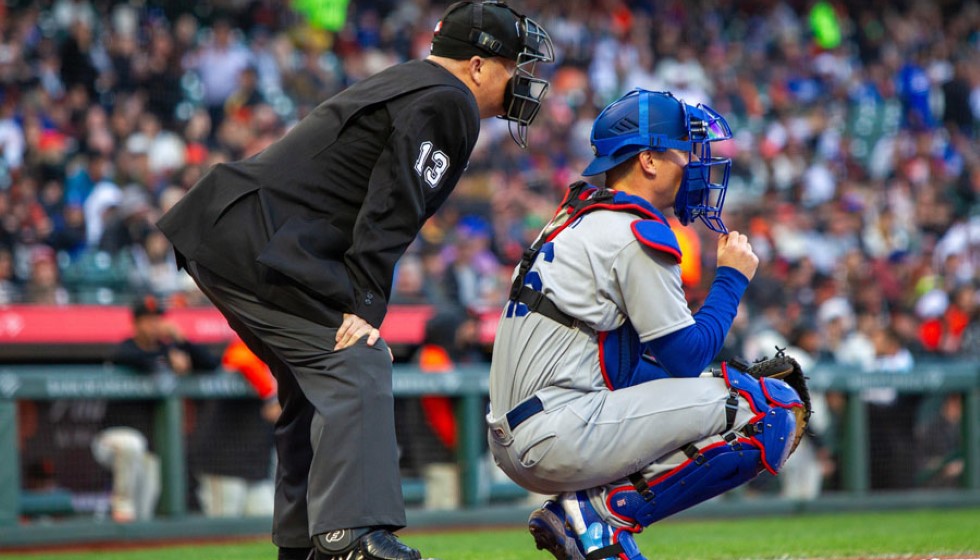
Critical Deadline for MLB Arbitration
As the clock ticked toward 8 p.m. ET on Thursday, Major League Baseball teams and players faced the critical deadline to file salary figures for the 2025 season. The arbitration process, often a blend of high-stakes negotiation and strategic presentation, has a profound impact on a player's financial trajectory, especially for those with significant potential earnings on the line.
The deadline marked the culmination of intense discussions, dictating which unresolved contract negotiations would proceed to arbitration hearings later in the month. These hearings are essential for players who haven't yet reached free agency but wish to secure fair compensation based on performance and market trends.
Understanding Arbitration Eligibility
In MLB, players with three to six years of service time are eligible for arbitration. This window offers players a crucial opportunity to negotiate salaries that reflect their contributions on the field. Additionally, "Super Twos," a unique subset of players with service time between two and three years, also fall under this category. This year, the cutoff for "Super Twos" was established at two years and 132 days of service time, creating a narrow window for these athletes to capitalize on their early achievements.
Arbitration discussions predominantly focus on comparing salaries of players with similar service times, allowing for a structured yet adversarial process where both parties advocate for their valuation. These negotiations can define an athlete's financial stability and set benchmarks for future earnings.
Notable Agreements Avoiding Arbitration
Even amidst intense negotiations, some players successfully reached agreements that avoided the need for arbitration. Vladimir Guerrero Jr. secured a substantial $28.5 million deal with the Toronto Blue Jays, ensuring financial certainty without the potential strain of hearings. Over the course of his four arbitration years, Guerrero’s earnings will surpass $70 million, highlighting his status as a premier player in the league.
The San Diego Padres made notable agreements with Luis Arraez and Dylan Cease, finalizing deals valued at $14 million and $13.75 million, respectively. These figures underscore the importance of preemptive negotiation strategies in securing favorable outcomes for both parties.
The Boston Red Sox also finalized a one-year agreement with pitcher Garrett Crochet, worth $3.8 million, demonstrating their commitment to maintaining roster stability while valuing key talent.
Unresolved Negotiations Lead to Arbitration
Not all negotiations concluded smoothly before the deadline. The St. Louis Cardinals and Brendan Donovan failed to reach an agreement, setting the stage for parallel arbitration hearings, which can often become contentious affairs. Likewise, Jarren Duran and Michael King are poised to test the arbitration waters as their representatives argue for salaries reflective of their contributions to their teams.
It is worth noting that players who settle contracts before the filing deadline receive fully guaranteed contracts, adding a layer of financial security that is highly coveted in the world of professional sports.
Record-Breaking Salaries and Historical Context
In the context of record-setting achievements, Juan Soto's $79.6 million arbitration figure stands as a historic benchmark, indicating the growing financial stakes involved in these discussions. Such milestones are not just reflective of a player's market value but also symbolize the evolving economics of Major League Baseball.
Corbin Burnes, a former Brewers pitcher, poignantly reflected on his arbitration experience, noting he felt "hurt" by the entire process back in 2023. Burnes’s sentiment underscores the emotional and psychological impacts players endure while navigating arbitration.
As Major League Baseball continues to evolve, the arbitration process remains a critical determinant of player compensation and financial equity within the league. The discussions and decisions made within this framework not only shape individual careers but also influence the broader landscape of professional baseball economics.